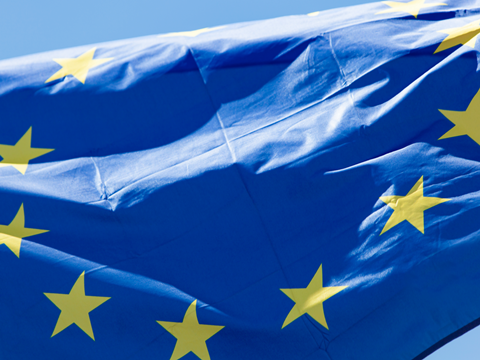
The European Commission’s Single Market Strategy aspires to facilitate cross-border trade and investments by standardizing packaging rules such as EPR, simplifying compliance via digitalization, and lifting administrative and regulatory burdens.
Since its formation, the EU market has reportedly created 3.6 million jobs and increased EU GDP by at least 3-4%. The Commission anticipates that completing the Single Market will double these figures.
Its Single Market Strategy aims to tackle barriers to trade and investments across the EU, help SMEs operate and scale up their activities on the European market, and promote digitalization to help enhance businesses.
Overcoming these setbacks is expected to help safe products circulate freely across borders, thus streamlining the process of founding and operating businesses across the EU.
The strategy focuses on the ‘terrible ten’ barriers hindering the free movement of goods and services, including fragmented rules on packaging, labelling, and waste. In this case, its solutions include harmonizing Extended Producer Responsibility schemes for end-of-life products, as well as implementing Digital Product Passports.
A new Construction Products Regulation is set to digitalize compliance information, which could drive an uptake in digital labels and QR codes that lead to product-level data. Its standardized environmental requirements may also drive demand for recycled, recyclable, or reusable materials.
Similarly, a fourth simplification omnibus package has been published; it aims to lessen regulatory and administrative burdens on businesses, in part by permitting companies to offer product instructions digitally rather than on paper, and to submit documents proving their compliance with harmonized product legislation through digital channels.
As a whole, the package is designed to lessen regulatory and administrative burdens on businesses and incentivize SMEs to scale up. It intends to reduce red tape by digitizing regulatory processes, and aims to avoid €400 million in annual administrative costs – achieving a 25% overall reduction and a 35% cut for SMEs by the end of the mandate.
Furthermore, an ‘SME ID’ has been proposed; this would be an online tool for the simple verification of SME status. Meanwhile, the SME Envoy Network is set to promote measures supporting and facilitating cross-border trade involving SMEs.
In a further effort to support smaller businesses, a new definition of small mid-cap companies (SMCs) has been introduced, with some of the benefits afforded to SMEs extended to SMCs.
Additionally, the strategy will update rules in the construction, postal, and parcels sectors by implementing a new EU Delivery Act. While specific rules have yet to be revealed, its development might motivate exporters and e-commerce retailers to revisit their packaging strategies in line with mandated fees and new customs requirements.
The strategy is set to benefit regulated business services by avoiding unnecessary regulation, as well as improve joint ownership of the Single Market. Member States are encouraged to assess the proportionality of their draft national measures in light of Single Market barriers – and to elect a high-level Single Market representative to oversee the implementation of Single Market rules.
Further developments from the Commission include new guidance documents for the upcoming EU Deforestation Regulation, which aspires to lower administrative burden and costs by 30% when it enters into application later in 2025. The updated information hopes to give companies, Member State authorities, and partner countries more clarity as they prove their products are deforestation-free.
On the other hand, a joint industry statement has criticized the inclusion of state-run producer responsibility organizations in the EU’s Waste Framework Directive – arguing that these entities increase administrative costs, impact efficiency and transparency, and lower recycling rates.
If you liked this story, you might also enjoy:
The ultimate guide to the Packaging and Packaging Waste Regulation in 2025
How are the top brands progressing on packaging sustainability?
Everything you need to know about global packaging sustainability regulation in 2025
The key to increasing the use of reusable packaging in supermarkets


















No comments yet